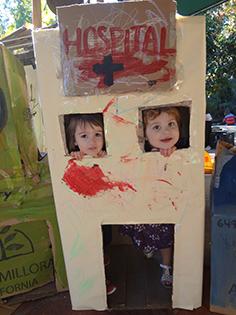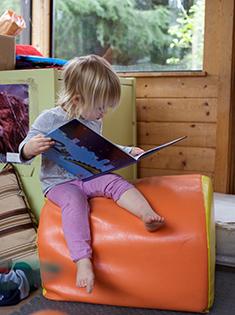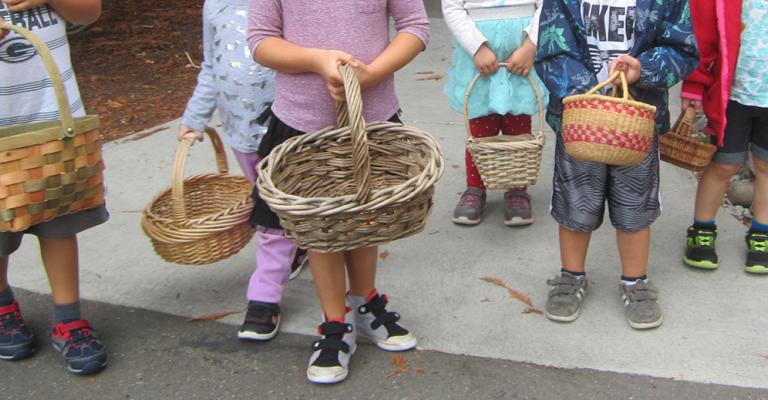Our Curriculum
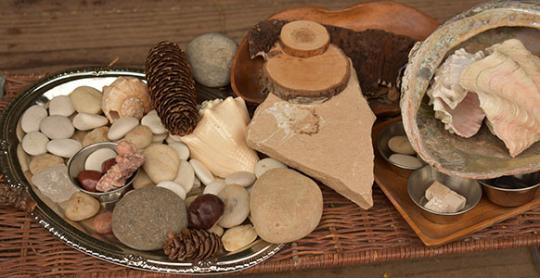
The Children’s School is committed to supporting children in their growth and development in a group setting. Relationships with self, others and the environment are developed through play and exploration.
Living Systems Curriculum
Sonoma State University Children’s School is not the first school to focus on what we refer to as “Environmental Education.” We are not the first school to plant, grow and harvest crops. We are not the first school to spend as much time as we can outside in the natural world and raise chickens and worms. What we do is make sure that we are aware of the cycles of nature throughout the year. We bring awareness to the patterns and rhythms of the Earth. We bring awareness to our relationships with individuals, families, and community. We bring awareness to how we are related to soil, water, air and sun.
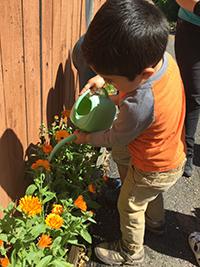
Jack London Award for Creative Innovation
Play
Knowledge is not something that is given to children as though they are empty vessels to be filled. Children acquire knowledge about the physical and social worlds in which they live through play with objects and people. Children do not need to be forced to learn anything because they are motivated by their own desire to make sense of the world. A joy of learning begins when a child is allowed to plunge enthusiastically into their environment, may it be sand, water, mud, paint, music or language. When children are engaged in play and learning, they are naturally enjoying their insatiable curiosity and they are internally motivated. Play offers a multitude of risk free opportunities to master skills and challenges. Children have perspectives of their own that are inherently different from adults. Finding joy in play connects the body to its immediate life experiences like sensation, gesture, sound and image.
Emergent Curriculum
Emergent curriculum is a way of planning curriculum based on the students’ interests and passions. We observe and identify themes found in the rich play of children at this age and use these to support the opportunity for them to explore their ideas. Elizabeth Jones refers to children in this age group as “Master Players” (1997). From these themes, we determine curriculum to support the children’s interests. Some “studies” may be brief, and some may last for months.
Project Approach
“Children have a strong disposition to explore and discover. The Project Approach builds on natural curiosity, enabling children to interact, question, connect, problem-solve, communicate, reflect, and more. This kind of authentic learning extends beyond the classroom to each student’s home, community, nation, and the world. It essentially makes learning the stuff of real life and children active participants in and shapers of their worlds.” -projectapproach.org
After observing a particular interest within the group, teachers begin guiding a study by providing materials, questions, and opportunities for the children to explore and discover a deeper understanding of their natural curiosities.
